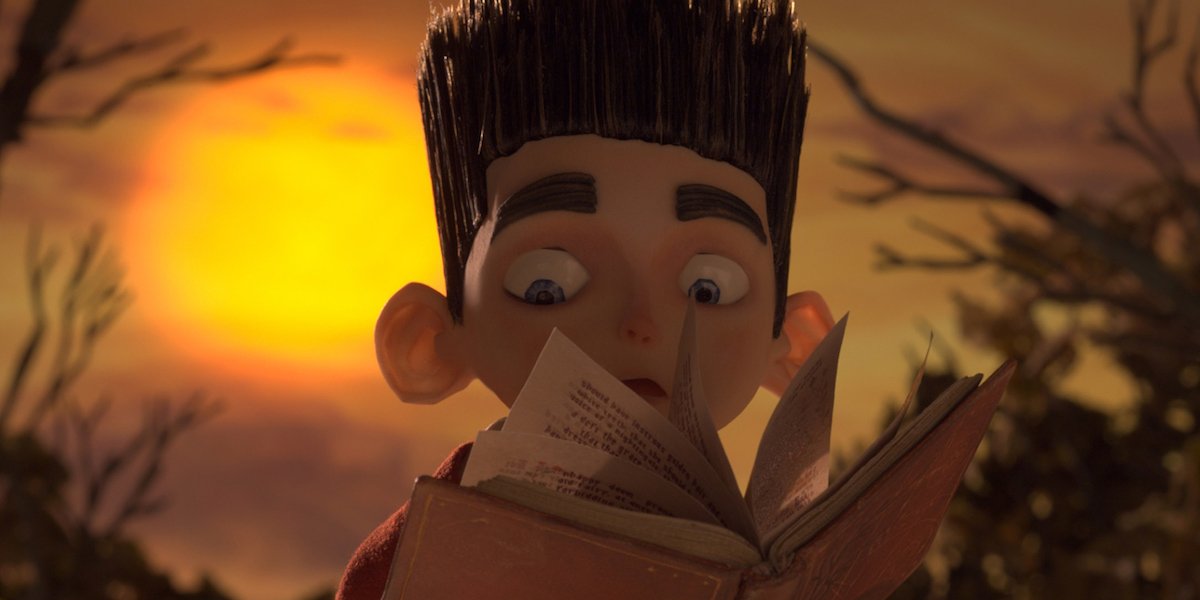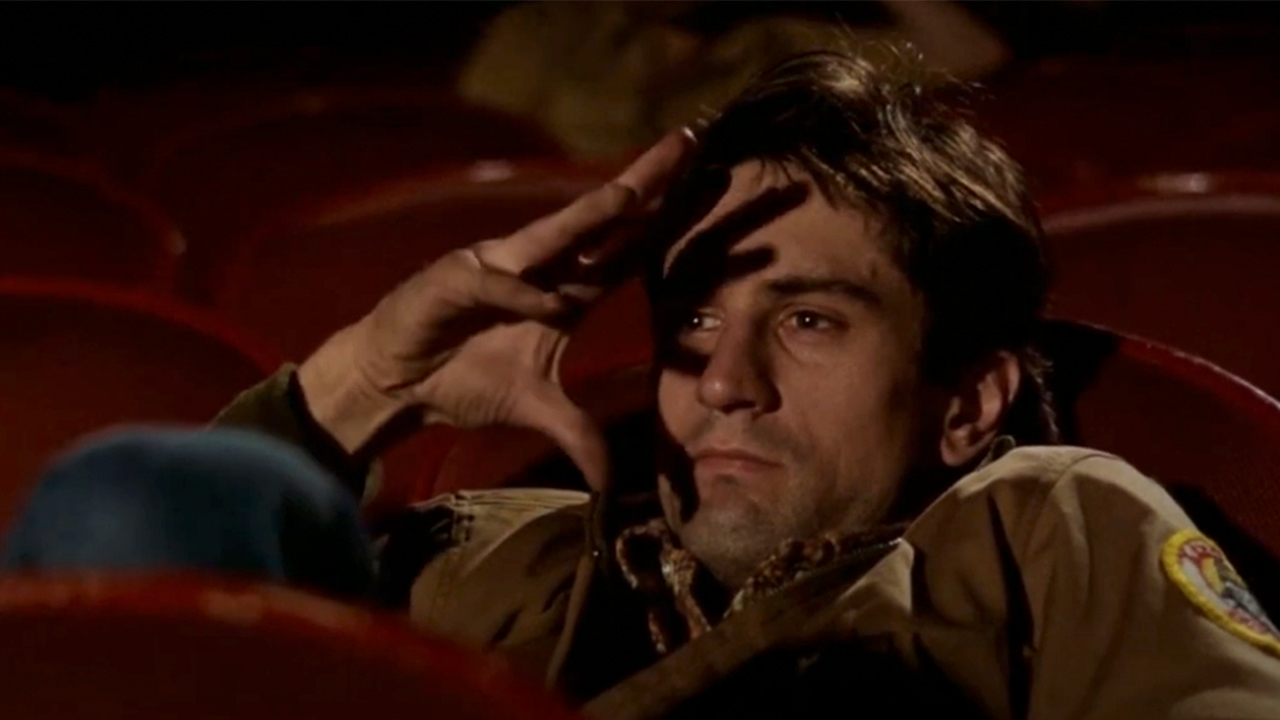The Witches Ending: How And Why It's Very Different From The Original Movie's Ending

HBO Max has families ready to get spooked (mildly traumatized even?) for Halloween this season with the release of Robert Zemeckis’ adaptation of The Witches starring Anne Hathaway, which is based on the dark fantasy novel by Roald Dahl of Charlie and the Chocolate Factory and Matilda. Or perhaps you’re familiar with the secret society of witches led by the evil Grand High Witch via the 1990 version starring Anjelica Huston. First time seeing bald-headed witches with peculiar toe nails? No matter your entry point, you’re certainly here and we’re ready to dive into The Witches ending right now.
As you can imagine, this article is cursed with The Witches spoilers. So, turn back now if you have yet to see the HBO Max title. Otherwise, let’s get into what happened at the end of the film first:
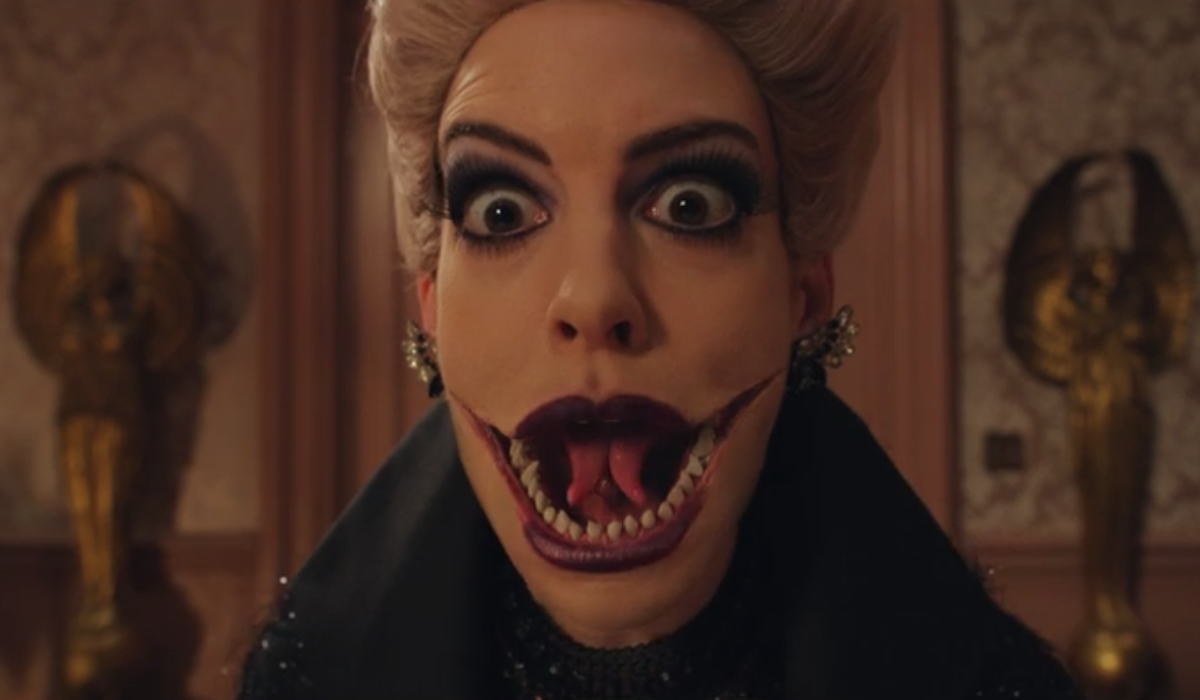
What Happens At The End Of The Witches
The Witches revolves around the evil plot of the Grand High Witch and her other witchy compatriots to turn children into mice through a dire magic formula she has concocted. In the case of this version taking place in the ‘60s, this chiefly affects underprivileged kids of color such as Charlie Hansen. Once Charlie catches wind of the plot and clues his grandma (Octavia Spencer) in, who has seen the Grand High Witch as her enemy since an incident in her childhood.
At the end of the film, Grandma Agatha confronts Grand High Witch after breaking into her room with the mice-turned children in order to grab the potion bottles and therefore stop her evil plan. But, Grand High Witch makes her way into her hotel room at around the same time Agatha is there. Agatha thinks she has poisoned the witch with a bowl of pea soup, but she has failed to outsmart her. Thankfully, the mice kids think on their feet and use mouse traps to sting her feet and then hurl the poison into her mouth.
Anne Hathaway’s wacky villain becomes a gross rat and they successfully trap her, take her witches address book and money. The high witch’s own cat presumably eats her. The mouse children remain in their animal forms and start a secret society of their own to take down the evil witches of the world.
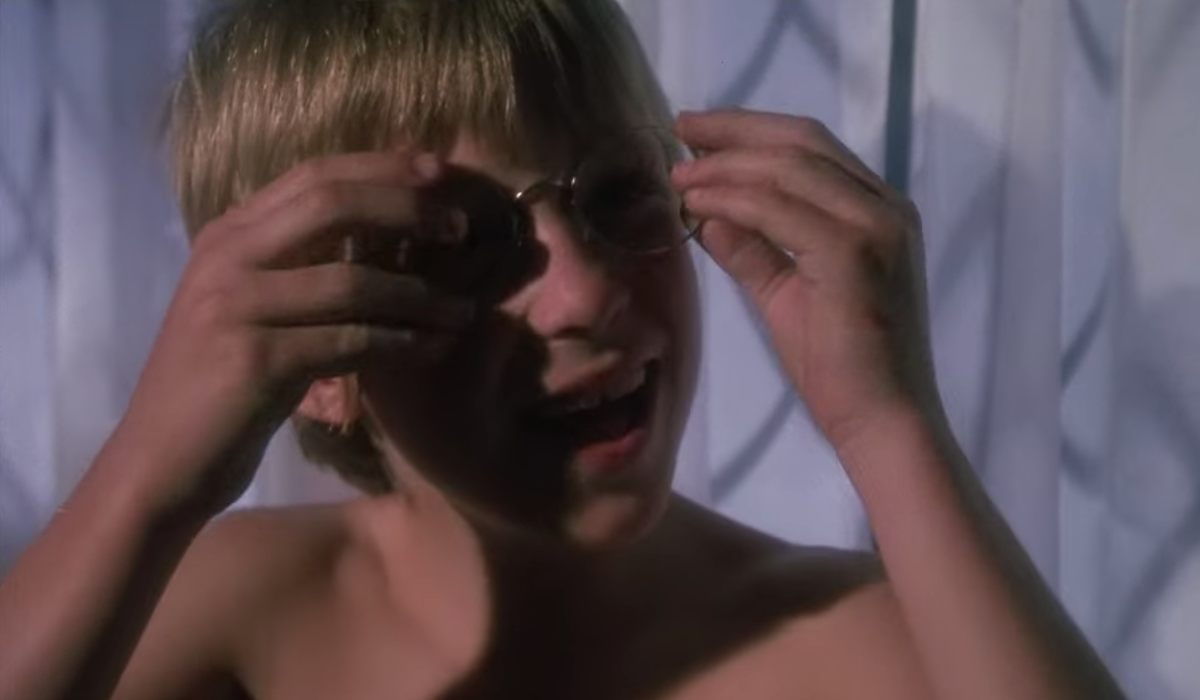
How The Witches Differs From The 1990 Version
The 2020 version of The Witches differs from the 1990 movie most in terms of the ending. In the previous version the children do not remain mice through to the credits of the film. After the Grand High Witch is turned into a rat though in a more public sequence in the dining hall of the hotel, the main character (Jasen Fisher’s Luke in this version), does remain a mouse. The boy and Bruno are content with their new forms as mice and Luke gets an adorable small home to sleep in.
However, the character of Miss Susan Irvine is the X factor here that changes some of the plot line between these two adaptations. Miss Irvine is a witch too, but an assistant to the Grand High Witch, who is mistreated and quits the society. At the end of the 1990 movie, Miss Irvine pays Luke a visit to turn him back into a boy and return his own mice to him. It’s a happy ending.
Your Daily Blend of Entertainment News
The Witches protagonists therefore has opposite fates between the movies that are 30 years apart. In the new version, Charlie retains his mouse form throughout his life into “old age” who is the voice of Chris Rock, narrating the entire film. As the film shows, Grandma Agatha houses the boy mice and they live full lives with one another and travel together with the witch address book as their guide through adventure. It’s illustrated as a happy ending too, but it’s a much darker way to end the story.
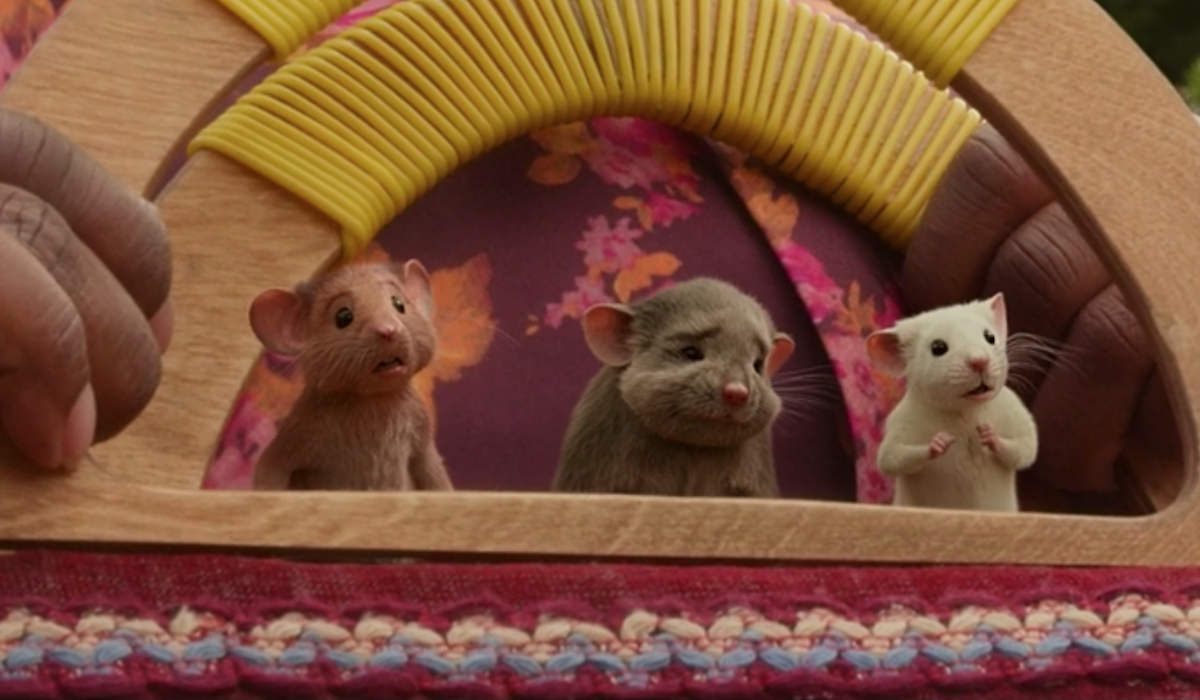
Why 2020’s The Witches Has The Darker Ending
OK, so why do the two Witches movies have two different endings? Well, it all goes back to the source material. In the original children’s book by Roald Dahl, the young boy at the center of the story does remain a mouse for a specific reason. Mice only live about nine years according to the story, and he does not want to outlive his 86-year-old grandmother after already losing his parents in a tragic car accident. In the original story, the boy is seven years old and he would likely have to go into the foster care system after his grandmother passes. Also, it's established pretty much right away that he likes being a mouse.
The intended ending to The Witches is quite heartbreaking but it’s something that was important to the author, Roald Dahl. During the making of 1990's The Witches Dahl was alive and in conversation with the filmmakers. When he discovered producer Jim Henson (of The Muppets) felt the ending was too dark and had plans to change it, the author was apparently “furious” by the decision and wrote a heated letter to Henson.
In response, the producer compromised by shooting both endings and delaying the decision until the film was being edited. The final scene “moved him to tears,” per Slant Magazine, but left him heartbroken when they still chose the happy ending. Dahl even asked his name be removed from the credits and became outspoken about his distaste of the adaptation.
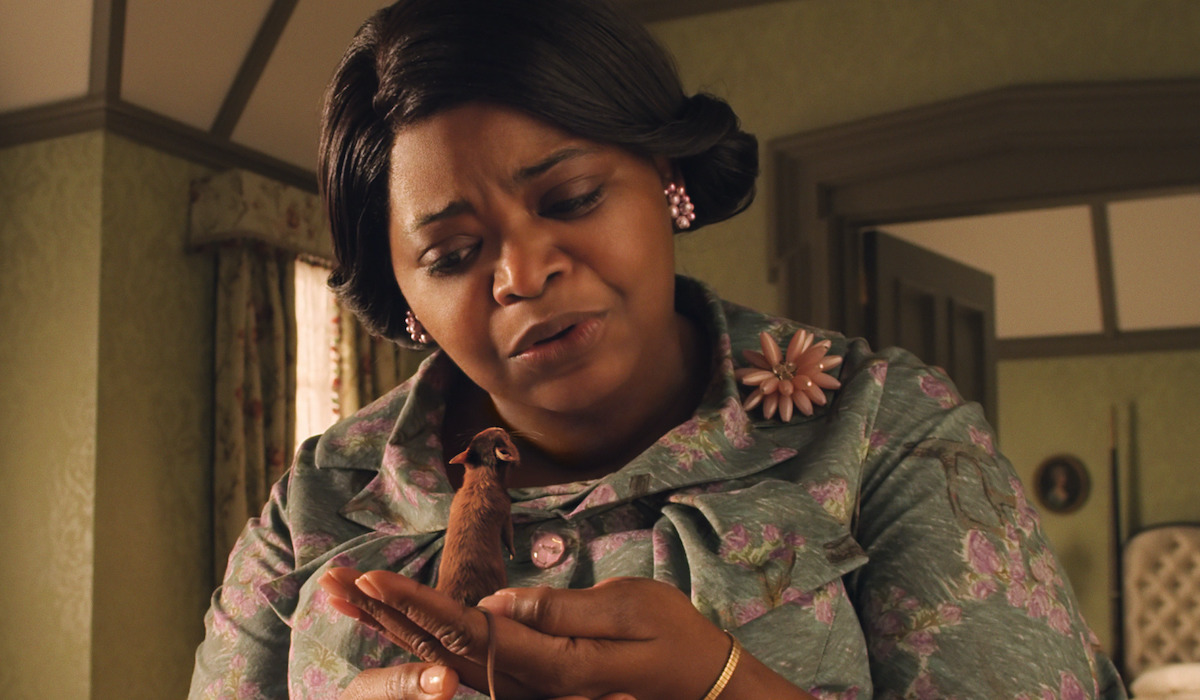
How Long Does Charlie Hansen Remain A Mouse?
Remaking The Witches with more blatant ignorance of the source material would undoubtedly be disrespectful to Roald Dahl and so here we are. The 2020 version does include the book’s ending with Charlie stating that he’s perfectly happy as a mouse because he’d like to grow old with his grandmother. However, it doesn’t specifically give a number for how long they have together. Octavia Spencer’s Agatha is nowhere as old as the grandmother in the book and Spencer is actually 48 in real life, who isn’t necessarily playing a much older character than herself. When The Witches does its time jump, it's apparent that Agatha is now an old lady and so is Charlie, who has mouse-y facial hair and looks much older.
So while the HBO Max offering of The Witches does steer closer to the ending Roald Dahl intended, it doesn’t adapt it to a T either. The movie leaves it up to the imagination of the viewer, which looks to have Charlie and Agatha living much longer together and therefore still very much a happy ending that ends on the spirited “We Are Family” song as the credits roll in. Of course, we’ll never know what Dahl’s thoughts are on Robert Zemeckis’ version and there’s nothing necessarily wrong with touching on a powerful message about death and still making it light enough for family viewing.
What do you think? Which ending is the best? Vote in our poll below.
This poll is no longer available.
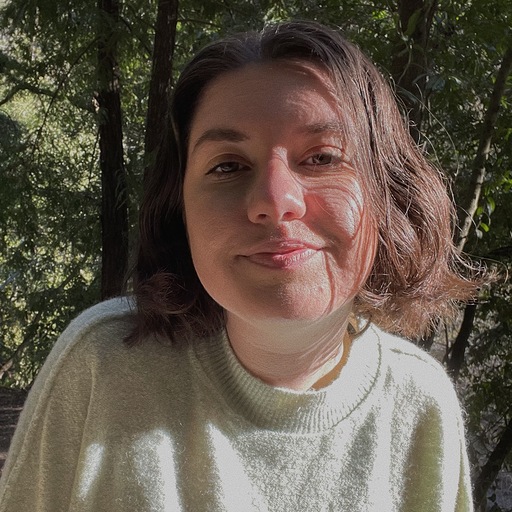
Sarah El-Mahmoud has been with CinemaBlend since 2018 after graduating from Cal State Fullerton with a degree in Journalism. In college, she was the Managing Editor of the award-winning college paper, The Daily Titan, where she specialized in writing/editing long-form features, profiles and arts & entertainment coverage, including her first run-in with movie reporting, with a phone interview with Guillermo del Toro for Best Picture winner, The Shape of Water. Now she's into covering YA television and movies, and plenty of horror. Word webslinger. All her writing should be read in Sarah Connor’s Terminator 2 voice over.
